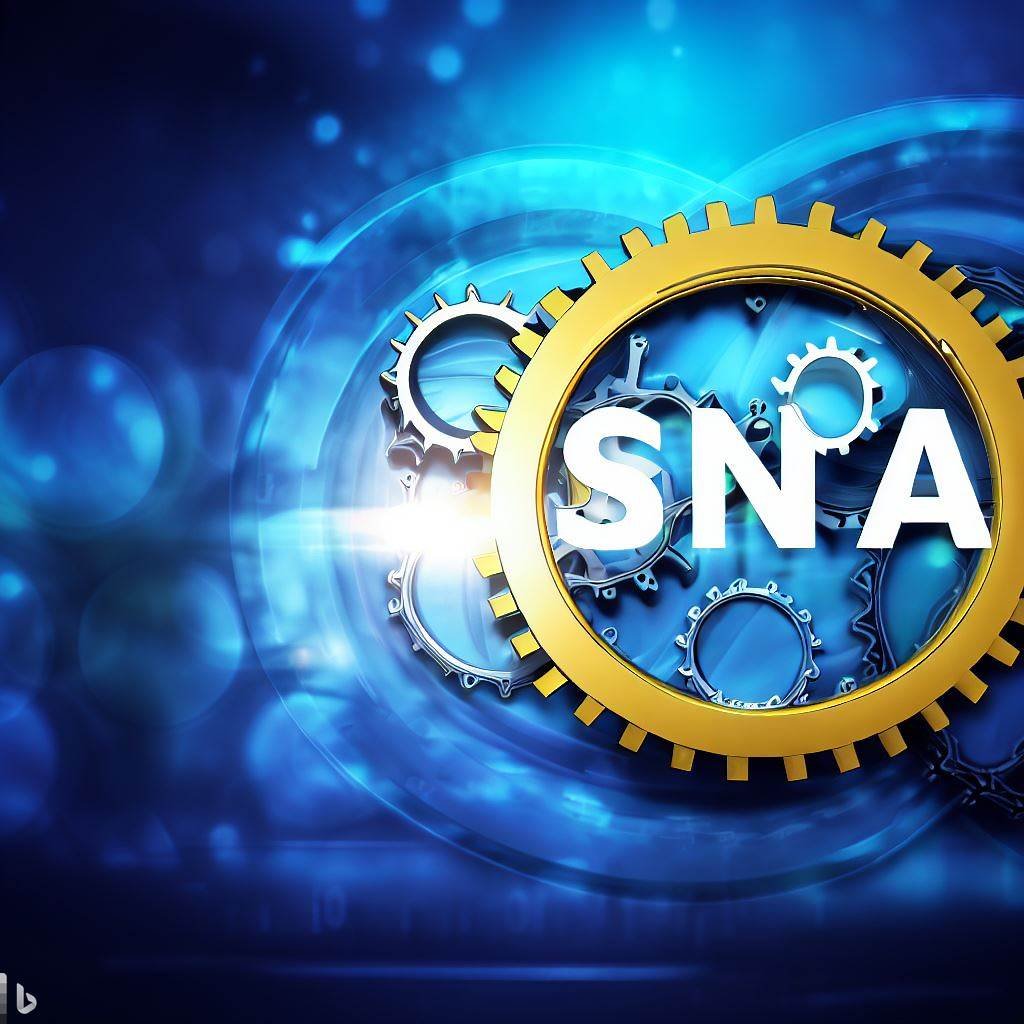Demand planning and demand forecasting are both important aspects of supply chain management, specifically related to predicting and managing customer demand. While they are closely related, there are distinct differences between the two concepts:
Demand Forecasting: Demand forecasting involves the process of estimating future customer demand based on historical data, market trends, and other relevant factors. The primary goal of demand forecasting is to predict the quantity of goods or services that customers are likely to purchase over a specific period. It provides a quantitative estimate of future demand, typically in the form of sales volume or revenue.
Key characteristics of demand forecasting include:
- Historical Analysis: Demand forecasting relies on analyzing historical data, including sales records, customer orders, market research, and other relevant information. It identifies patterns, trends, and seasonality in the data to predict future demand.
- Quantitative Approach: Demand forecasting is primarily a quantitative exercise. It involves using statistical methods, time series analysis, regression models, and other forecasting techniques to generate numerical forecasts.
- Forecast Accuracy: Demand forecasting aims to provide accurate estimates of future demand, although the level of accuracy may vary depending on the quality of data, forecast horizon, and the forecasting method used.
- Forecasting Horizons: Demand forecasting can be done for different time horizons, ranging from short-term forecasts (e.g., weeks or months) to medium-term (e.g., quarters or years) or long-term forecasts (e.g., several years or more).
Demand Planning: Demand planning, on the other hand, is a broader process that incorporates demand forecasting as a component but also involves additional activities and considerations. Demand planning focuses on developing strategies and action plans to meet the predicted demand effectively.
Key characteristics of demand planning include:
- Collaboration and Integration: Demand planning involves cross-functional collaboration and integration across different departments within an organization, such as sales, marketing, operations, and finance. It considers inputs from various stakeholders to align demand forecasts with overall business objectives and operational capabilities.
- Demand Shaping and Management: Demand planning goes beyond forecasting by actively shaping and managing demand. It includes activities such as demand segmentation, pricing strategies, promotional campaigns, new product introductions, and inventory management.
- Supply Chain Considerations: Demand planning takes into account supply chain constraints, production capabilities, lead times, and inventory levels. It aims to balance demand and supply to ensure optimal resource allocation, minimize stockouts, and avoid excess inventory.
- Integrated Systems and Tools: Demand planning often involves using specialized software systems, such as demand planning software or integrated enterprise resource planning (ERP) systems. These tools help consolidate data, facilitate collaboration, and support decision-making processes.
In summary, demand forecasting focuses on estimating future customer demand through quantitative analysis, while demand planning encompasses a broader set of activities that integrate demand forecasting with strategic decision-making, collaboration, and supply chain considerations. Demand planning is a more comprehensive approach that aims to align supply with demand, optimize resources, and meet customer needs efficiently.

